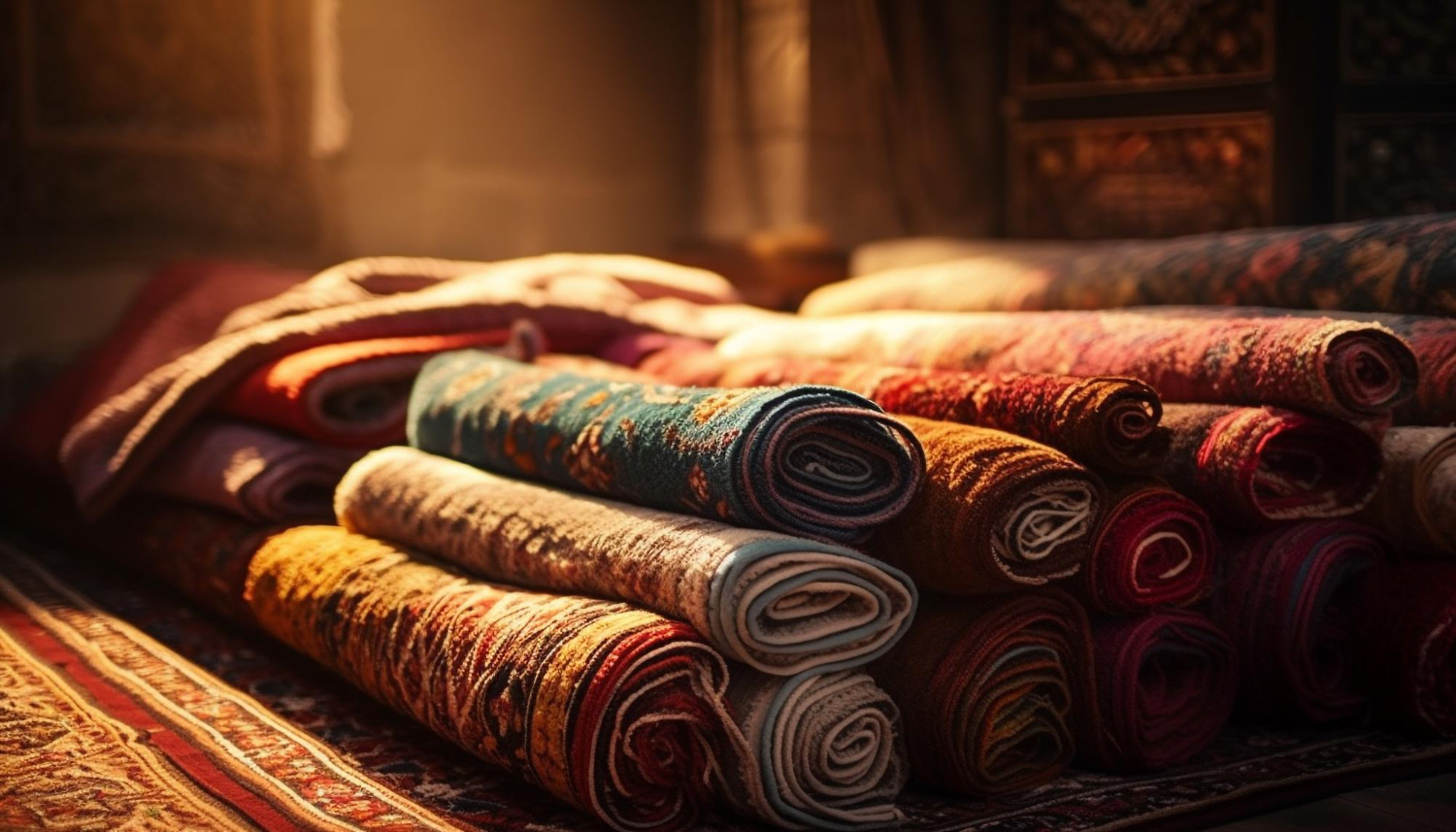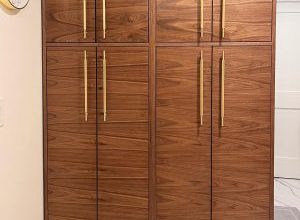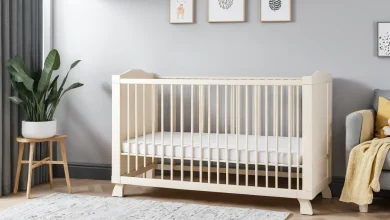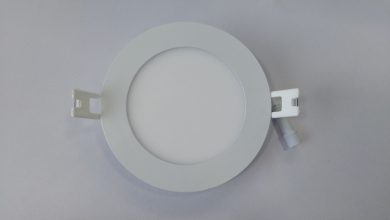Rug Art: The Emergence of Rugs as Canvas in Modern Interior Design

In the ever-changing world of interior design Rugs have surpassed their original function as merely flooring. While they were initially thought to be only functional to heat floors and cut down the noise level, handmade rugs have been recognized as essential components of expression in living spaces. The change in perception has been driven by a growing awareness of carpets as art, merging the realms of design and imagination. Modern interior design is a way to view carpets are becoming canvasses that define and anchor areas, and provide a distinctive way for homeowners and designers can express their personal style, personality, and fashion.
The Historical Evolution of Rugs as Art
To appreciate the modern appearance of rugs as canvas for interior design, it’s crucial to comprehend their past development. Rugs have a long and rich tradition that dates back to many thousands of years. They have their roots in ancient civilizations, such as Persia, Egypt, and China. The earliest rugs were carefully hand-woven, with often intricate designs that spoke to the beliefs, culture, and aesthetics of the creators. The art of rug-making was so admired that they were often passed through generations of families as items.
In the past the rug was mainly appreciated for their quality and practicality. The artistic merit of rugs, although acknowledged, was often less important than their intended purpose. The situation changed during the Renaissance period, when European nobles began to see the rugs as luxurious objects and displayed them as table covers, rather than flooring. This was the start of rugs being viewed as art pieces which continues to grow throughout the modern age.
The Modern Reinterpretation of Rugs
In modern decor, it is evident that the function of rugs is being redefined and raised. Rugs are now considered an integral part of the design aesthetic of a room by treating them as works of art which contribute to the overall narrative of design. The modern interpretation is driven by a number of reasons:
- Creative Innovations and Experimentation Rug designers of the present are playing with patterns, colors and materials, challenging the limits in traditional rugmaking. The result is the development of rugs that aren’t only decorative, but also provoke thought blurring the boundaries between practical design as well as the fine arts.
- The Cultural Fusion of Global influences The spread of globalization in design has brought a variety of influences from different cultures into rug design. Designers take inspiration from a broad spectrum of artistic styles including the intricate designs that are found in Persian carpets through to striking patterns that are characteristic of African textiles, which result in rug designs that are culturally rich and artistically multifaceted.
- Technological Developments Technological advancements have revolutionized the process of making rug and allowed for greater precision in design as well as the use of materials that are not conventional. Printing techniques using digital technology, like can create intricate and detailed designs that were previously difficult to make. This advancement in technology opens up new possibilities for rug art, and has allowed designers to play with contemporary and abstract designs that turn rug designs into striking pieces.
Rugs as Canvases: The Artistic and Functional Intersection
In contemporary design, rugs fulfill double purpose. They serve as both artistic and functional. The combination of functionality and art can be the reason rugs are an appealing feature in modern areas.
Rugs as Artistic Statements
Rugs have evolved into strong artistic expressions which can change the ambience and character of a space. If they are viewed as canvasses they provide a distinctive space for expression of creativity in the living space. As a painting is able to bring out emotions, set the mood, or convey an entire story, so can the rug be a canvas for expression. The color patterns, colors, and textures on a rug could create a unique artistic or cultural story that makes it the focal point of the design of a room.
A rug that has a striking abstract design can bring an energy and vitality to the minimalist setting, whereas an area rug with traditional designs can give a room an air of tradition and depth of culture. Rugs’ versatility as artful pieces is due to their capacity to complement and be in contrast to other design elements and create a harmonious but distinct environment.
Rugs as Functional Art
Although the aesthetic importance of rugs is being acknowledged, their practical aspects remain crucial. In contemporary designs, the rug is chosen to increase the quality and functionality of an area. They add warmth, cut down on noise, and help define zones in open-plan living areas. But the practical use of rugs is not a detriment from their aesthetic value. In fact, it can enhance its value, since the functional aspect of a rug may be included in its style.
A rug, for instance, that is designed for areas with high traffic may incorporate durable designs and materials that cover the wear and tear yet still offer an appealing design. In the same way, a rug that is designed for a relaxing intimate area could feature smooth textures, and soft hues which will enhance the overall comfort and also acting as a visual focal point. Rugs with modern design combine art and practicality which contributes to both the aesthetic as well as functional aspects of the space.
The Impact of Rug Art on Interior Design Trends
Rugs’ emergence as canvas for the design of interiors has made a huge influence on the design trends. Rugs have become more popular as art objects and are increasingly impacting the trend of design for interiors. A number of key trends have been uncovered in the wake of this trend:
- Maximalism: The current trend of maximalist interior design that is characterized by bold colors diverse patterns, and multi-layered textures, has been driven by the potential for artistic expression of rug. Designers are increasingly utilizing statement rugs as a base place for interiors that are maximalist and constructing around the rug’s style to create elaborately layered as well as visually appealing spaces.
- Ethical and sustainable design as consumers are more aware of the importance of ethical and sustainable production practices, there’s an increasing need for rug designs that are not just visually appealing, but also eco sustainable and ethically made. This has resulted in an increase in the demand for hand-woven rug designs that are crafted by hand using natural materials. Rugs made by skilled craftsmen employing traditional techniques are not only admired because of their aesthetics, but as sustainable and ethical qualities.
- Personalization and customization The trend towards personalization and customization for interiors has expanded to carpets. Designers and homeowners are increasingly looking for rugs made to order which reflect their individual taste and personal preferences. This has led to the demand for custom-made rug designs, where every aspect including the color palette to design and the material can be customized to reflect the vision of the customer. Rugs made to order are seen as an expression of the individuality of the homeowner which adds a unique personalized touch an interior design.
The Role of Designers and Artisans in Rug Art
Rugs’ increasing use as art pieces in modern designs has revealed the significance of designers as well as artisans in the making of these art-based pieces. Collaboration between designers who have new ideas and modern aesthetics as well as artisans with traditional skills and skills, is vital to the creation of top-quality artful rugs.
Designers are now working in close collaboration with artisans to develop carpets that break the limits in traditional rug making. This collaboration permits the introduction of new techniques, materials and styles which result in rugs that look modern but also rooted in tradition. The merging of modern design and craftsmanship with traditional sensibilities is what gives modern rug designs their distinctive design and aesthetic value.
Furthermore the acceptance of rugs as artwork has led to a an increased appreciation and appreciation for the craftsmen who make the rugs. In a lot of cases the making of rugs with artistic designs provides livelihood for artisans working in the developing regions, allowing them to conserve traditional craft and support local economies. The increasing demand for artisanal rug has been a blessing not only on the field of interior design, but as well on the communities in which the rugs are produced.
Conclusion
The rise of rugs as art pieces in contemporary interior design is a major change in the way that they are viewed and utilized. Not only flooring coverings Rugs have now become vital components of art that are capable of changing areas and altering design trends. While designers are continuing to investigate the potential artistic value of rug designs, we are likely to see more inventive and imaginative uses of this diverse material in the near future.
In either the bold abstract designs, which serve as statement pieces, or using traditional rug designs that add an air of history and culture to an area Rugs have established themselves as useful and artistic elements in contemporary interior design. This trend does not just enhance the living spaces we live in, but also celebrates the rich history and craft of rug-making. It ensures that this art form continues to grow and evolve today’s world.








